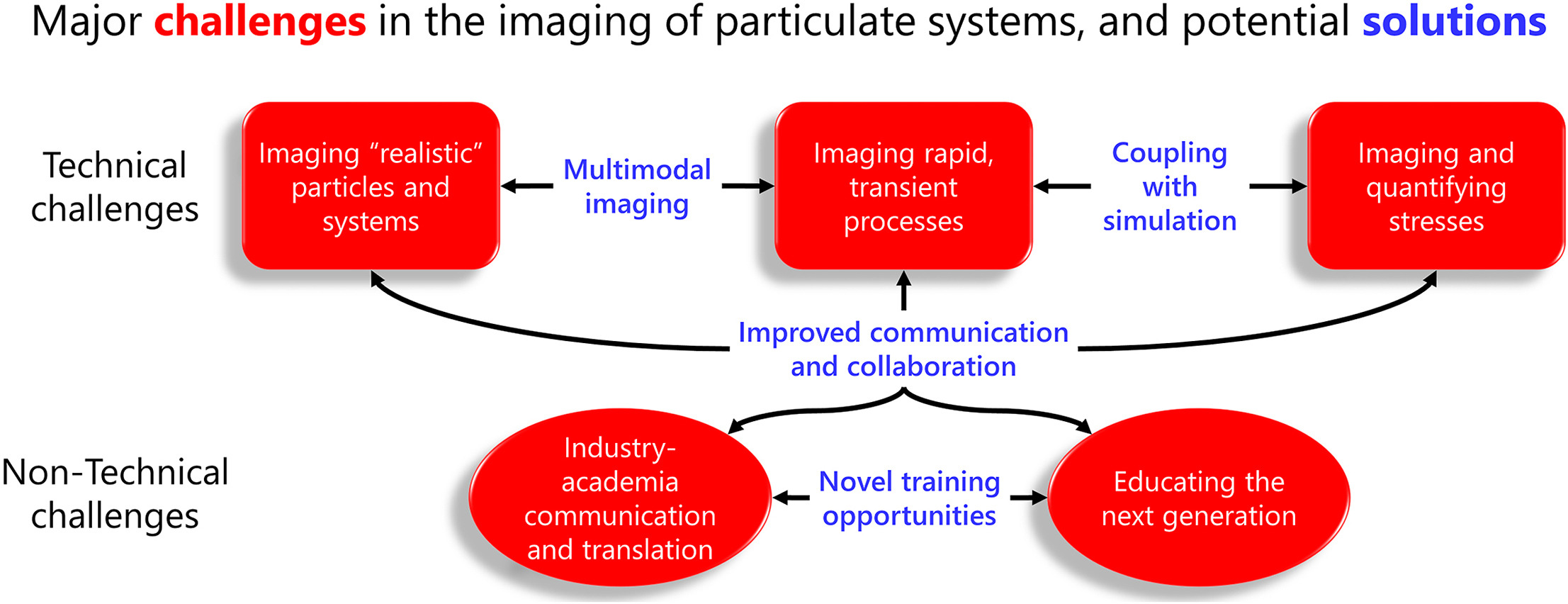- Volumes 96-107 (2025)
-
Volumes 84-95 (2024)
-
Volume 95
Pages 1-392 (December 2024)
-
Volume 94
Pages 1-400 (November 2024)
-
Volume 93
Pages 1-376 (October 2024)
-
Volume 92
Pages 1-316 (September 2024)
-
Volume 91
Pages 1-378 (August 2024)
-
Volume 90
Pages 1-580 (July 2024)
-
Volume 89
Pages 1-278 (June 2024)
-
Volume 88
Pages 1-350 (May 2024)
-
Volume 87
Pages 1-338 (April 2024)
-
Volume 86
Pages 1-312 (March 2024)
-
Volume 85
Pages 1-334 (February 2024)
-
Volume 84
Pages 1-308 (January 2024)
-
Volume 95
-
Volumes 72-83 (2023)
-
Volume 83
Pages 1-258 (December 2023)
-
Volume 82
Pages 1-204 (November 2023)
-
Volume 81
Pages 1-188 (October 2023)
-
Volume 80
Pages 1-202 (September 2023)
-
Volume 79
Pages 1-172 (August 2023)
-
Volume 78
Pages 1-146 (July 2023)
-
Volume 77
Pages 1-152 (June 2023)
-
Volume 76
Pages 1-176 (May 2023)
-
Volume 75
Pages 1-228 (April 2023)
-
Volume 74
Pages 1-200 (March 2023)
-
Volume 73
Pages 1-138 (February 2023)
-
Volume 72
Pages 1-144 (January 2023)
-
Volume 83
-
Volumes 60-71 (2022)
-
Volume 71
Pages 1-108 (December 2022)
-
Volume 70
Pages 1-106 (November 2022)
-
Volume 69
Pages 1-122 (October 2022)
-
Volume 68
Pages 1-124 (September 2022)
-
Volume 67
Pages 1-102 (August 2022)
-
Volume 66
Pages 1-112 (July 2022)
-
Volume 65
Pages 1-138 (June 2022)
-
Volume 64
Pages 1-186 (May 2022)
-
Volume 63
Pages 1-124 (April 2022)
-
Volume 62
Pages 1-104 (March 2022)
-
Volume 61
Pages 1-120 (February 2022)
-
Volume 60
Pages 1-124 (January 2022)
-
Volume 71
- Volumes 54-59 (2021)
- Volumes 48-53 (2020)
- Volumes 42-47 (2019)
- Volumes 36-41 (2018)
- Volumes 30-35 (2017)
- Volumes 24-29 (2016)
- Volumes 18-23 (2015)
- Volumes 12-17 (2014)
- Volume 11 (2013)
- Volume 10 (2012)
- Volume 9 (2011)
- Volume 8 (2010)
- Volume 7 (2009)
- Volume 6 (2008)
- Volume 5 (2007)
- Volume 4 (2006)
- Volume 3 (2005)
- Volume 2 (2004)
- Volume 1 (2003)
• A perspective on the key challenges facing the particle imaging field.
• Summarises 3 major technical challenges and 2 non-technical challenges.
• Offers an outlook on how these may be addressed.
• Improved collaboration between academic fields and industrial sectors is a priority.
The imaging of particulate media – encompassing both the imaging of the particles themselves, as well as the study of their dynamics and bulk properties and behaviours – is crucial to improving our understanding of a diverse range of phenomena and processes spanning numerous scientific disciplines and industrial sectors. Despite interdisciplinary interest in the field and the availability, and continuous development, of a wide range of different imaging techniques, there exist nonetheless a number of limitations of these techniques, and open challenges – both technical and non-technical – facing the field as a whole. In this perspective, we discuss in detail five such challenges, identified by a team of interdisciplinary experts spanning both academia and industry: how can we work toward the imaging of systems which are more 'real-world-relevant', both in terms of composition and scale? How can we extract detailed, quantitative information regarding stresses from such systems? How can we image processes which are both rapid and transient, when most current technologies can manage (at best) only one of these states? How can we ensure closer and more fruitful collaboration between the academics developing particle imaging technologies and the potential industrial end-users who stand to benefit from them? How can we improve the visibility of the field and the educational opportunities available to the potential next generation of particle technologists? As one may expect for such a broad range of questions, the answers to the above are diverse and numerous. However, there are certain key themes running through them. Above all, our work highlights a need for improved collaboration, be that in terms of experts in multiple different imaging technologies working together to perform multi-modal studies so as to address the technical limitations highlighted above, researchers and industry professionals finding new ways to engage, or academics co-creating open-source educational tools to support the next generation of particle imaging experts.

